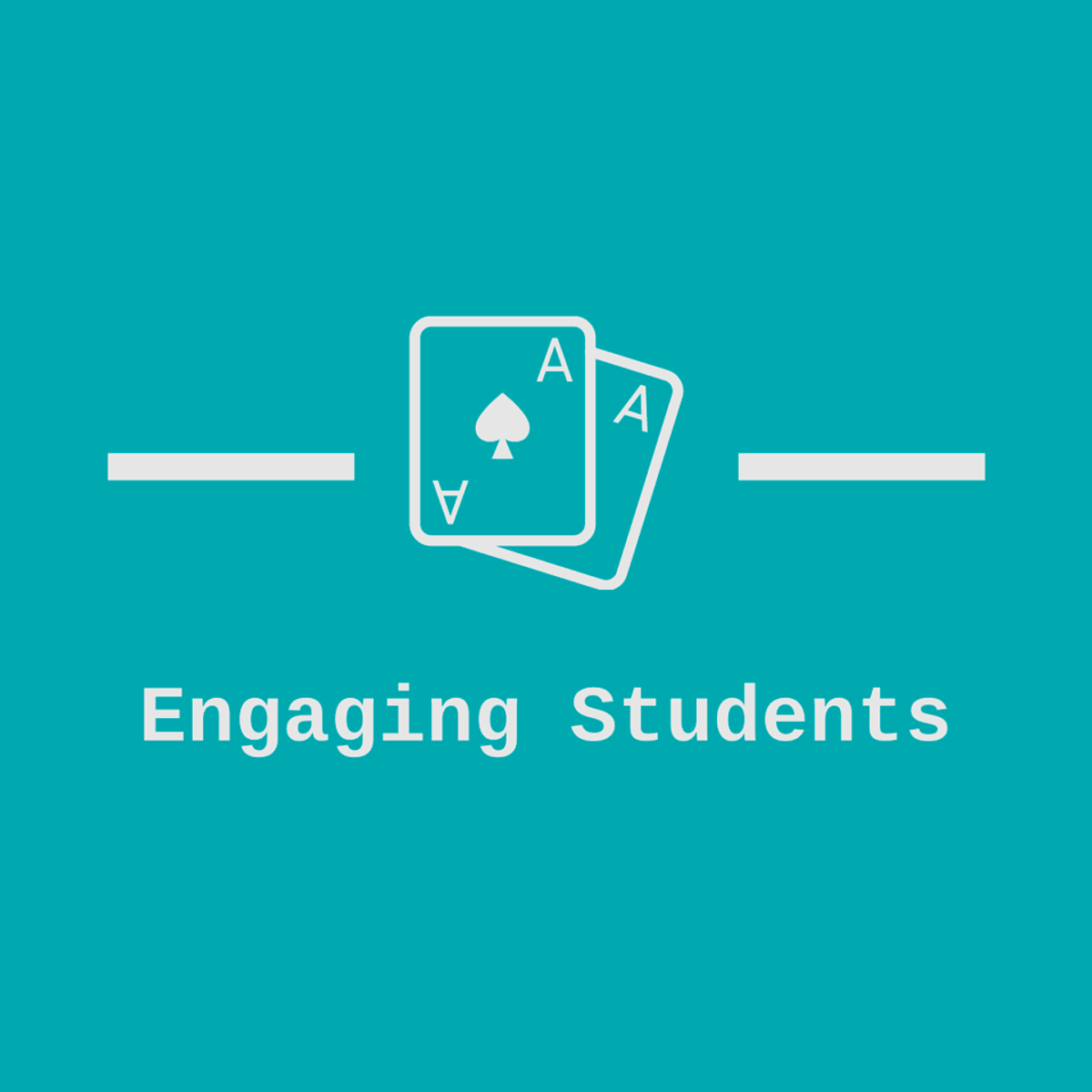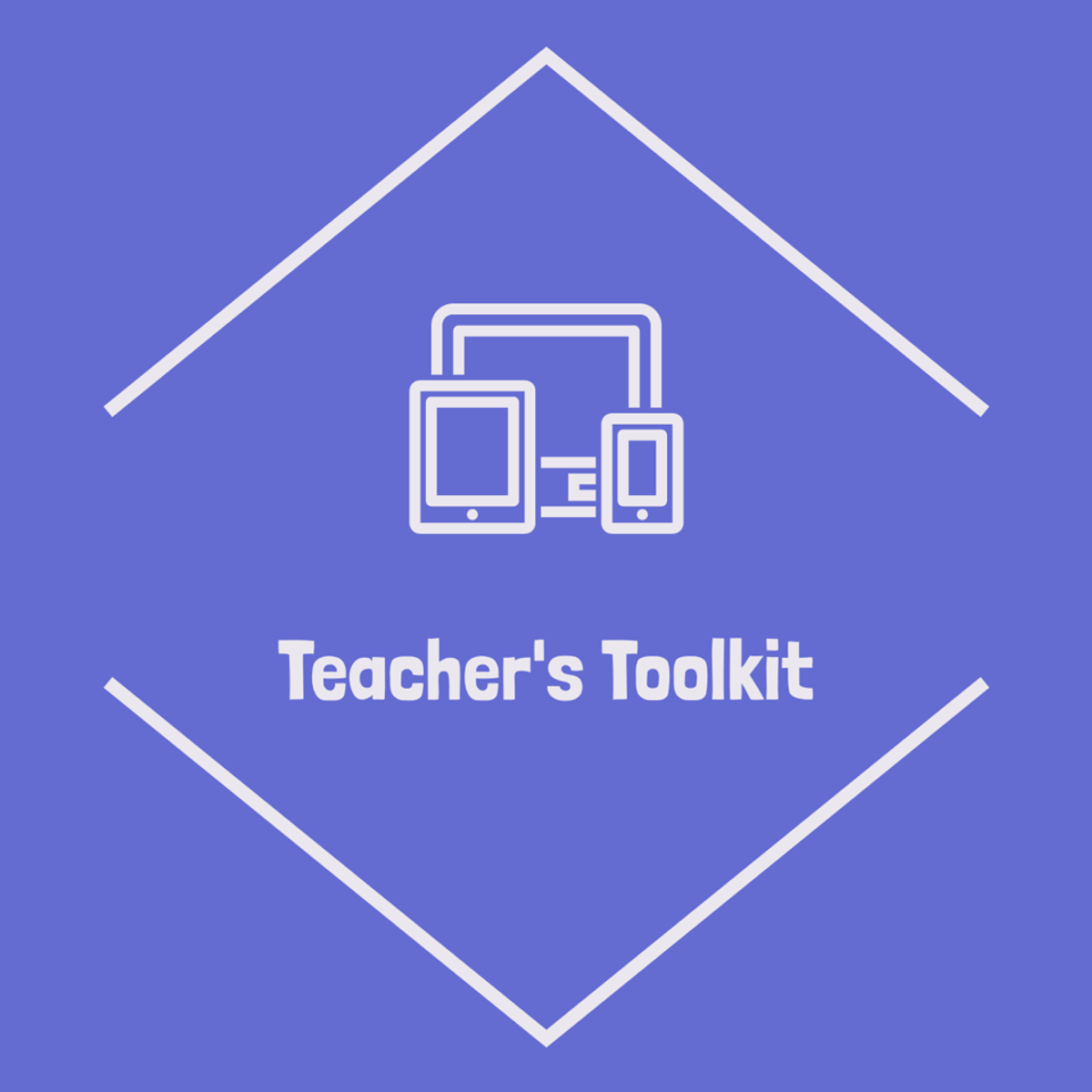Back to Courses









Education Courses - Page 17
Showing results 161-170 of 264

THINK GLOBAL: TEACHERS TRAINING COURSE (IDP-ICE)
A group of seven European partners from Catalonia, Belgium, and Wales worked together on the Erasmus+ funded ‘Think Global’ project on global competence. The project seeks to address the following research question through development and piloting of practical classroom activities: What is global competence, and how can it be learned effectively?
The Think Global project explores, through international collaboration, how global competence is defined, taught, learned, and measured in the classroom. It offers a model of professional learning for teachers to support students in developing global competence and its relationship with ODS.
So, this training course is addressed to school teachers and other school stakeholders. The focus of the course is to empower school teachers to implement cross-curricular projects on global competence, and it is delivered in an open online platform. The course is divided into five modules. The first is an overview of cross-cultural theory on global competences, the theoretical framework and the research and studies developed on the topic. The second module is based on principles and strategies. The third module deals with methodologies and developing global competence programs. The fourth module is about project based learning. The last module of the course consists of designing a global competence project to be implemented in the classroom. Teachers can decide what they need to work to achieve their objectives. In this way, they can decide which modules they need to work on, however it can be interesting to develop a final project to develop all the modules. It can provide teachers with a deeper understanding and reflections about our subjects and the development of global competence.

Enhance Student Learning through Kahoot
By the end of this project, you will have created a Kahoot collection that will engage your students during virtual learning or as a more engaging way to encourage practice and review at home or in the classroom. Teaching is constantly evolving. As we learn more about our students, we uncover new ways to ensure that they are not just learning - they are thriving. When we can connect our tech-savvy students to tech-connected learning, our students are more likely to enjoy learning. We can also encourage them to become lifelong learners as we connect them to the many tools and resources that are available at their fingertips online.
Once you are confident with using Kahoot and have a wide array of Kahoots in your collection, you will discover that Kahoot can be used in many ways! You can use Kahoot for formative assessment, summative assessment, review, or as a fun addition to a theme day! The opportunities are endless.
Kahoot allows teachers to create engaging learning games or trivia quizzes on any topic and in any language. It is an excellent tool for classroom learning, remote learning, and parents engaging their child’s learning at home.

Create video, audio and infographics for online learning
Multimodal texts make learning interesting. Video, podcasts and infographics not only have the capability to excite and engage, but to reach a broader demography of learners who don’t thrive on verbal language knowledge acquisition and exchange alone. Multimodal texts provide a variety of ways in which to communicate and provide information to learners, as well as meet the needs of different learners’ preferences.
Using video, podcasts, infographics or images as well as text, directly impacts learning outcomes. Design decisions that incorporate multimodal learning objects – made by both educators and learners – can make learning memorable, meaningful and retainable.
Decisions we make about how we communicate should be done through a systematic and informed process, rather than via a random selection of tools. In this course, you’ll explore learning design principles associated with how, why and when to use multimodal texts. You’ll also explore and analyse the features and benefits of a range of text types, such as video, audio and infographics.
The course is designed for educators, teachers, learning designers, instructional designers, tutors, lecturers, course convenors and anyone else who may be interested in creating powerful and memorable learning experiences for learners of all ages.
Learning outcomes
By the end of this course, you’ll:
1. Recognise best practice design principles and approaches for multimodal text creation
2. Select, design and create a variety of multimodal text types, including video, audio and infographics
3. Critically reflect on the strengths and weaknesses of the different multimodal text types

Enhance Student Learning with Interactive Lessons in Nearpod
By the end of this project, you will have curated a library of Nearpod lessons and you will have learned how to make every lesson interactive with the many features of Nearpod. With Nearpod, you can add quiz and game features to learning videos. You can launch lessons live or allow students to work at their own pace. With the data you collect, you can identify areas where students need more practice and adjust your teaching to meet those needs. Whether you are teaching onine or in the classroom, Nearpod is a learning platform that will enhance any learning experience.
*You will need a free Nearpod account for this project. Also you will need a free Google account for this project.

Gamification Learning with Genially
By the end of this project, you will be ready to engage your students using the gamification learning opportunities that Genially provides. Genially is “the tool that brings content to life.” Genially allows you to map out a learning journey for your students using high interest images and interactive tools. When students learn through gamification, they are more naturally engaged in the content you are teaching!

SEL Capstone
In this course the instructors (Randy Testa, Ben Kirshner, Emily Price, and Dan Liston) have designed two culminating projects for the Coursera Specialization entitled – “The Teacher and SEL”. The two options include: “A Teacher Implementation Plan”, and “The Cinema, SEL, and the Classroom”.
This course is a part of the 5-course Specialization “The Teacher and Social Emotional Learning (SEL)”. Interested in earning 3 university credits from the University of Colorado-Boulder for this specialization?? If so check out "How you can earn 3 university credits from the University of Colorado-Boulder for this specialization" reading in the first module of this course for additional information.
We want to note that the courses in this Specialization were designed with a three-credit university course load in mind. As a participant you may notice a bit more reading content and a little less video/lecture content. Completing and passing the SEL Specialization allows the participant to apply for 3 graduate credits toward teacher re-certification and professional enhancement. We want to ensure the quality and high standards of a University of Colorado learning experience.
Interested in earning 3 graduate credits from the University of Colorado-Boulder for The Teacher and Social Emotional Learning (SEL) Specialization? Check out "How you can earn 3 university credits from the University of Colorado-Boulder for this specialization" reading in the first week of this course for more information.

Foundations of Virtual Instruction
Welcome to Foundations of Virtual Instruction! This course will help you 'up' your game and develop the advanced skills and techniques that elude even some of the most experienced virtual teachers in the K-12 space. Examine pitfalls and learn how to overcome them by focusing on the fundamentals that have the most significant impact on student learning in a blended or online environment. When you complete this course, you will be able to:
• Craft virtual learning experiences that align with your student's needs.
• Set up a learning environment to get to know your students, and they get to know each other.
• Use a variety of online tools to provide feedback and personalize the learning experience.
• Identify at-risk students and employ effective strategies for teaching them.
• Compare and contrast online and face-to-face learning communities.
• Apply strategies to make virtual courses more human.
Aboriginal Worldviews and Education
Intended for both Aboriginal and non-Aboriginal learners, this course will explore indigenous ways of knowing and how they can benefit all students. Topics include historical, social, and political issues in Aboriginal education; terminology; cultural, spiritual and philosophical themes in Aboriginal worldviews; and how Aboriginal worldviews can inform professional programs and practices, including but not limited to the field of education.

Visualizing and Collaborating with Popplet
By the end of this project, you will be able to use Popplet as a teaching and learning tool with your students. Popplet allows users to create colourful graphic organizers complete with videos, hyperlinks, and more. Graphic organizers allow teachers to communicate information in a clear and organized manner, whether teaching online or in person. For students, graphic organizers are an essential step when planning writing and project ideas, presenting new information, and much more. As we work togther throughout this project, you will become a confident Popplet user, allowing your teaching and your student’s learning to thrive in new ways.
*You will need a free trial of Popplet for this project.

Language Arts Confidence with Storybird
By the end of this project, you will be fully confident in using the Storybird platform with your students. Storybird is a creative writing platform that boosts young learner’s writing skills. Complete with short writing courses and challenges, Storybird allows students complete engaging activities to build their skills and then publish their work in a digital book. From comics to picture books, Storybird has plenty of opportunities to engage young writers. Throughout this project, you will explore and practice the many opportunities offered through Storybird.
*You will need a free Storybird trial account for this project. Also you will need a secondary email account to complete this project
Popular Internships and Jobs by Categories
Find Jobs & Internships
Browse
© 2024 BoostGrad | All rights reserved